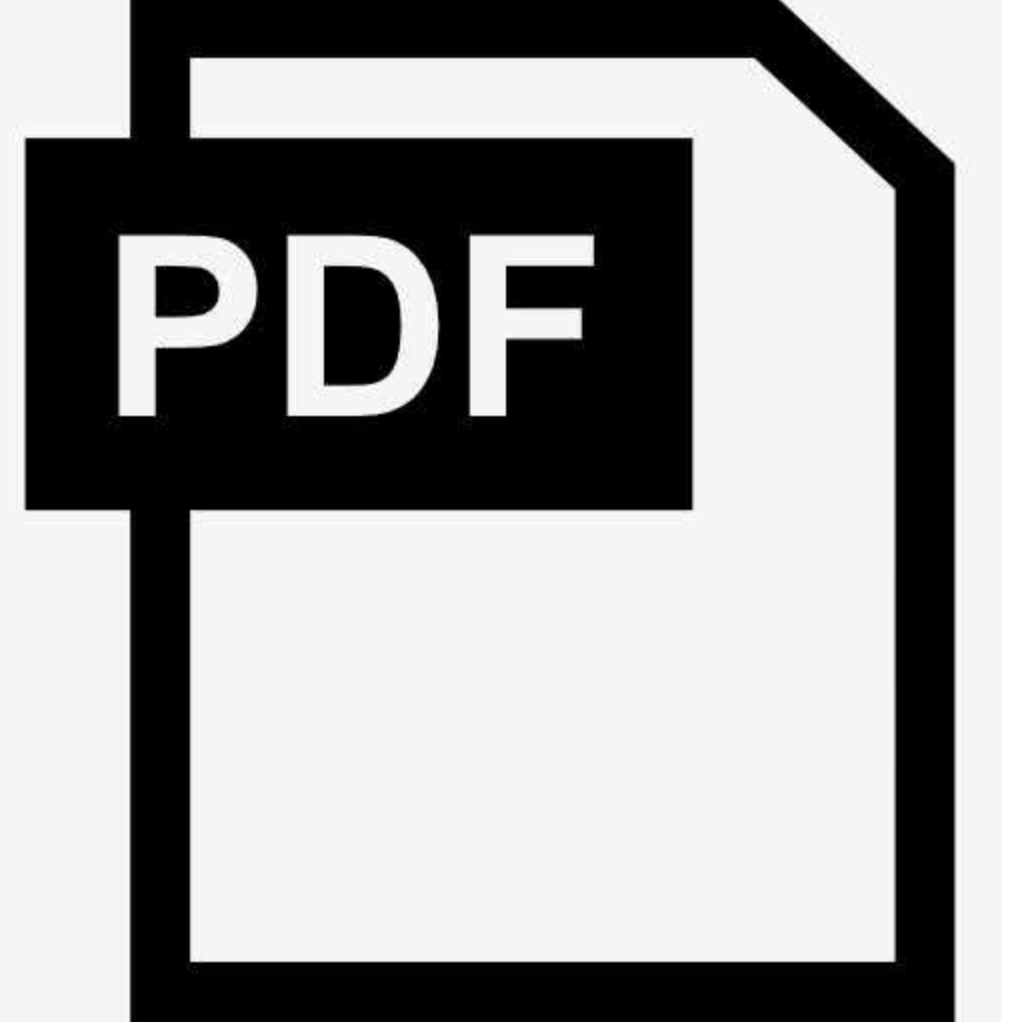Learn to Path: Using neural networks to predict Dubins path characteristics for aerial vehicles in wind
Trevor Phillips,Maximilian Stölzle,Erick Turricelli,Florian Achermann,Nicholas Lawrance,Roland Siegwart,Jen Jen Chung,Trevor Phillips,Maximilian Stölzle,Erick Turricelli,Florian Achermann,Nicholas Lawrance,Roland Siegwart,Jen Jen Chung
For asymptotically optimal sampling-based path planners such as RRT*, path quality improves as the number of samples added to the motion tree increases. However, each additional sample requires a nearest-neighbor search. Calculating state transition costs can be particularly difficult in cases with complex dynamics such as aerial vehicles in non-isotropic cost fields like wind. Computationally cos...


